super class i occlusion
A definition of the optimal occlusion in the permanent dentition as defined by Lawrence F. The Class I relationship is indeed most stable.
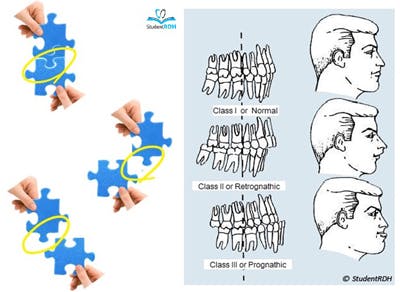
Classifying Occlusion Board Exam Tips From Studentrdh Com Dentistry Iq
The six keys to normal occlusion.

. A malocclusion is a misalignment or incorrect relation between the teeth of the two dental arches when they approach each other as the jaws close. Class 1 Class 2 and Class 3. Maxillary central incisors are either upright or retruded and lateral incisors are either tipped labially or overlap the central incisors with deep overbite.
The lower incisor edges occlude with or lie immediately below the cingulum plateau of the upper central incisors Class II. Canine classification According to position of canine we can also classify the malocclusion. What are the classes of occlusion.
Class I malocclusions Class I malocclusions include -those anomalies where the anteroposterior relationship of lower and upper arches is within normal limits -there may be transverse andor vertical malrelationships. Anterior crossbite underbite Spacing. In contrast Class II relationships naturally became significantly more Class II that is greater distoclusion and Class III cases shifted significantly to greater mesioclusion.
The six keys to normal occlusion contribute individually and collectively to the total scheme of occlusion and therefore are viewed as essential to successful orthodontic treatment. The lower incisor edges lie posterior to the cingulum plateau of the upper incisors Division 1 the upper central incisors are proclined or of average inclination and there is an increase in overjet. The complete obstruction of the breath passage in the articulation of a speech sound.
The act of occluding. The dental term of this protrusion is overjet. A class 3 malocclusion happens when the lower teeth protrude past the upper teeth.
This causes the teeth to be misaligned and the lower incisors can touch the gingival tissue of the upper arch of the jaw. Same as normal occlusion but characterized by crowding rotations and other positional irregularities. I doubt that using a lighter weight with occlusion is the primary cause of the growth seen in these studies however.
-there may be crowding spacing and local irregularities secondary to early loss developmental anomalies which are the most common. The cusp tip of the upper cuspid is forward of the lower cuspid. MB cusp of the maxillary first occludes by more than the width of a premolar distal to the MB groove of the mandibular first.
This is also known as the standard of occlusion and what we try to achieve. None of 69 cases sides starting in a Class I cusp-in-groove relationship moved from that condition. He based his classifications on the relative position of the permanent MAXILLARY FIRST MOLAR.
Lifting a light weight as many times as you can without occlusion doesnt cause the same level of growth. The anteroposterior relationship is normal but there may be vertical or transverse malrelationships of the jaws or teeth. Class I malocclusion.
The mesiobuccal cusp of the upper first molar occludes anterior to the buccal groove of the lower first molar. Same as normal occlusion but characterized by crowding rotations and other positional irregularities. Class I pseudo-Class I super Class I.
Andrews in 1972They have significant clinical implications for routine orthodontic therapyFurther ReadingAndrews L. Also known as prognathism this class of malocclusion occurs when the lower front teeth are more prominent than the upper front teeth and the patient has a large lower jaw or a short upper one. Which is it and why is it important.
The mesiobuccal cusp of the upper first molar occludes with the buccal groove of the lower first molar. Edward Angle who is considered the father of modern orthodontics was the first to classify malocclusion. In order to better understand types of occlusion its been broken down into three categories.
The three classes according to Angles classification are as follows. And super elastic 0014 NiTi archwires were ligated for alignment and leveling. The distal surface of the.
The relation between the surfaces when in contact. This classification is used when the upper front teeth protrude out past the lower front teeth. The plane of occlusion varied from generally flat to a slight curve of Spee.
The state of being occluded. Class I malocclusion is defined as that malocclusion in which the lower incisors occlude on or directly beneath the cingulum plateau of the upper incisors Figure 21. Competent lips with a good Class II buccal occlusion positive overjet and overbite Figure 3 and.
There are many other names for a class 3 malocclusion including an underbite or prognathism. The main objective of surgical orthodontic treatment is to reposition the jaws to achieve an esthetic profile with good occlusion and masticatory function. Class 2- mesial slop of.
The upper incisor inclination is average and the overjet is 23 mm. Based on clinical and cephalometric findings our diagnosis was Angles Super Class I molar relation superimposed over skeletal Class III base relation due to retrognathic maxilla and orthognathic mandible with horizontal growth pattern crossbite in relation to upper central incisors and palatally displaced lateral incisors over retained maxillary deciduous. This is noted as NORMAL occlusion.
Combined with partial occlusion of muscle blood flow was almost equal to that seen when using 80 of the subjects 1RM. Class II Occlusion Division 2. An overjet is where your top teeth extend past your bottom teeth horizontally not to be confused with an.
The bringing of the opposing surfaces of the teeth of the two jaws into contact also. Am J Orthod 197262296309Andrews six keys to occlusion1Molar relationship. There are two subtypes of Class II malocclusion.
Teeth are aligned in Cusp Fossa relationship with their antagonist teeth. The first of the six keys is molar. The upper first molar cusp lines up forward of the developmental groove of the lower first molar.
As the name implies a patient with a malocclusion has teeth that do not properly connect with each other whenever a patient bites down. It is classify in 3 groups- Class 1- distal slope of lower canine occlude with mesial slop of upper canine.
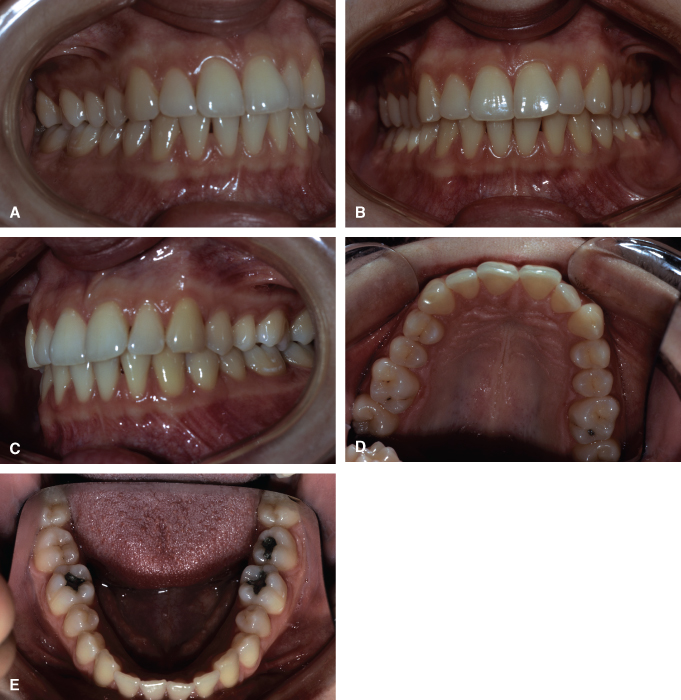
1 Orthodontic Diagnosis And Treatment Planning Pocket Dentistry
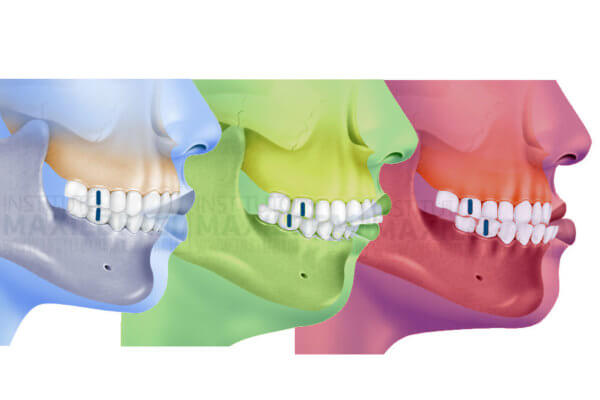
What Is A Class I Class Ii Or Class Iii Bite Instituto Maxilofacial
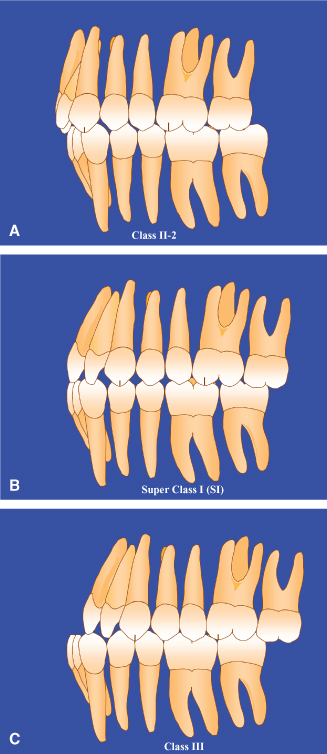
1 Orthodontic Diagnosis And Treatment Planning Pocket Dentistry
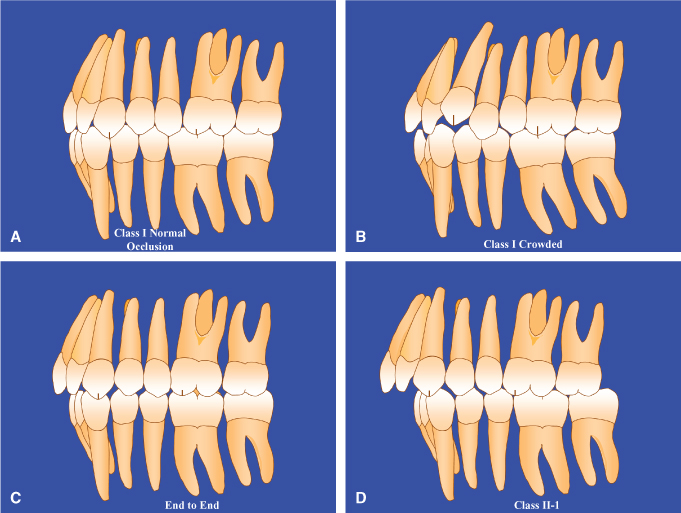
1 Orthodontic Diagnosis And Treatment Planning Pocket Dentistry
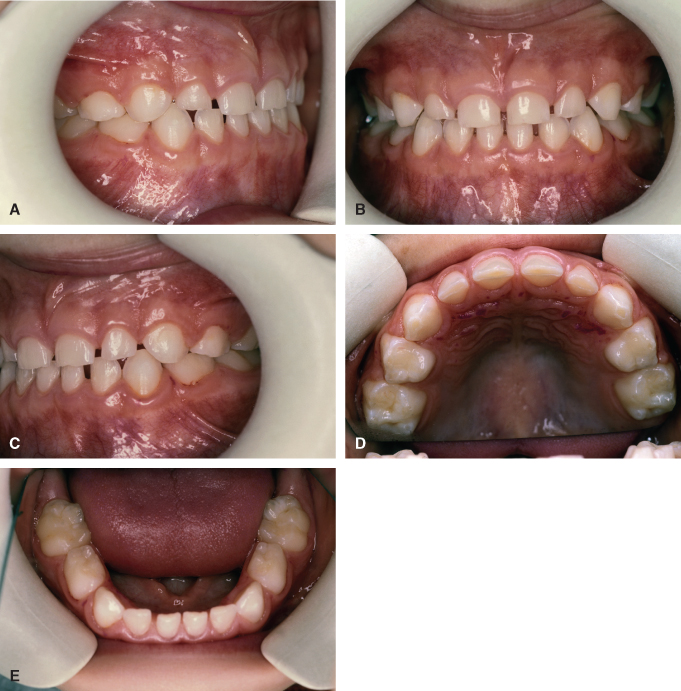
1 Orthodontic Diagnosis And Treatment Planning Pocket Dentistry
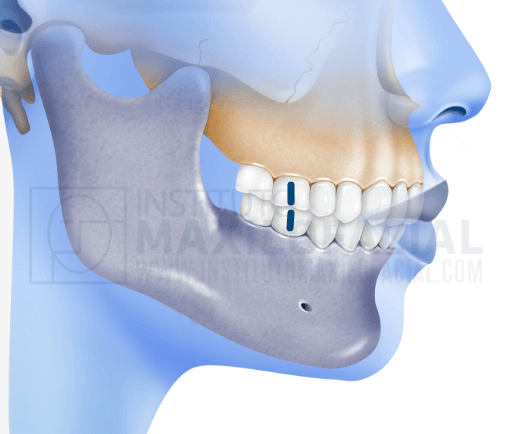
What Is A Class I Class Ii Or Class Iii Bite Instituto Maxilofacial

Jfmk Free Full Text Analysis Of Dental Malocclusion And Neuromotor Control In Young Healthy Subjects Through New Evaluation Tools Html

1 056 Likes 9 Comments Dentistry Today Dentistry2day On Instagram All Class Restorat Anatomia Dental Escola De Higiene Dental Odontologia Restauradora

Ambient Occlusion Pagani Zonda Pagani Pagani Zonda Super Cars
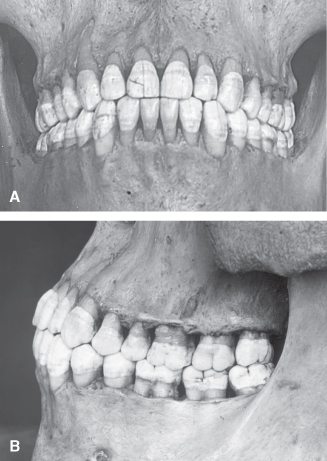
1 Orthodontic Diagnosis And Treatment Planning Pocket Dentistry
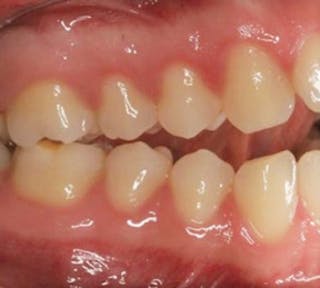
Classifying Occlusion Board Exam Tips From Studentrdh Com Dentistry Iq
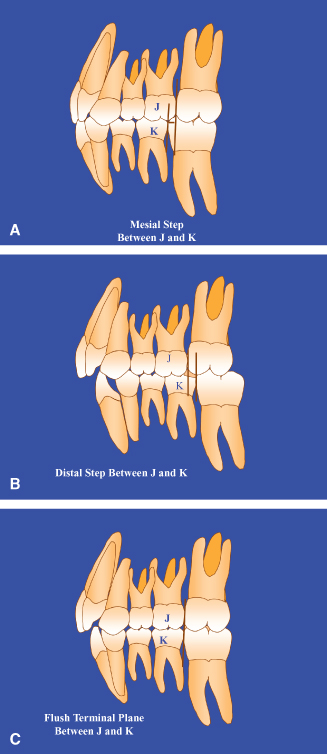
1 Orthodontic Diagnosis And Treatment Planning Pocket Dentistry

Startrader Class Super Freighter Super Class Startrader Space Spaceship Design 3d Model Model

Treatment Of A Severe Class Ii Division 1 Malocclusion Combined With Surgical Miniscrew Anchorage American Journal Of Orthodontics And Dentofacial Orthopedics

Angle S Classification For Malocclusions Dentalnotebook

Reshade Picture Amoebae In 2022 Picture Sims 4 Custom Content Drawing Class

Creative Dental Scholar On Twitter Dental Hygiene School Dental Hygiene Student Dental Fun
